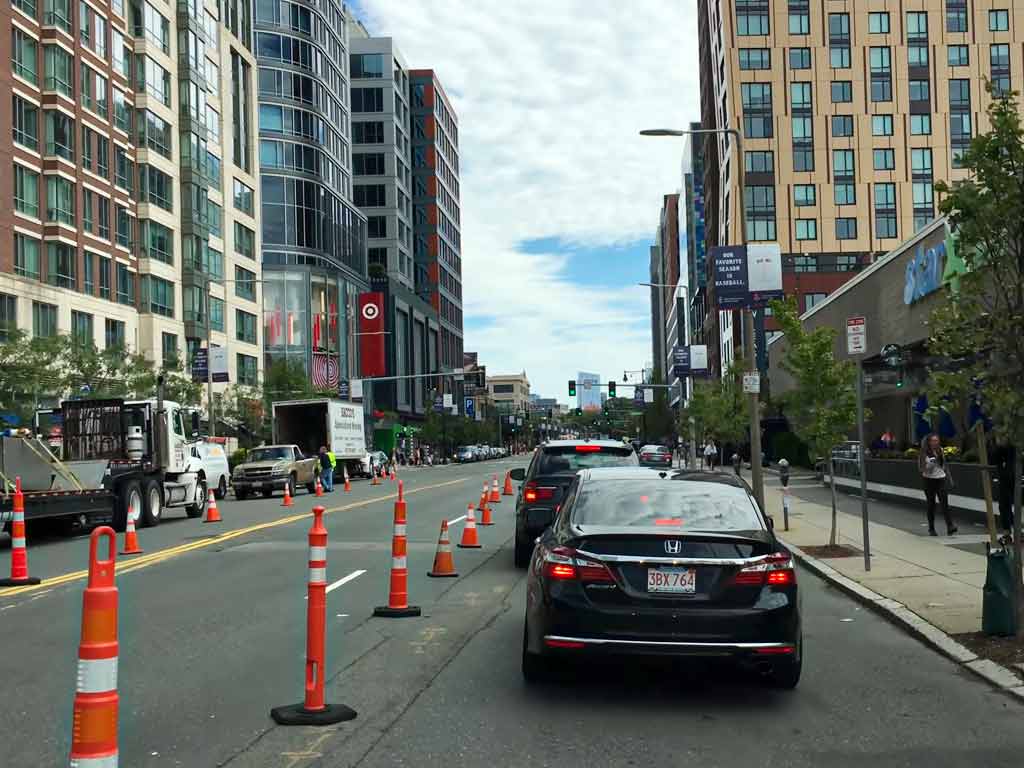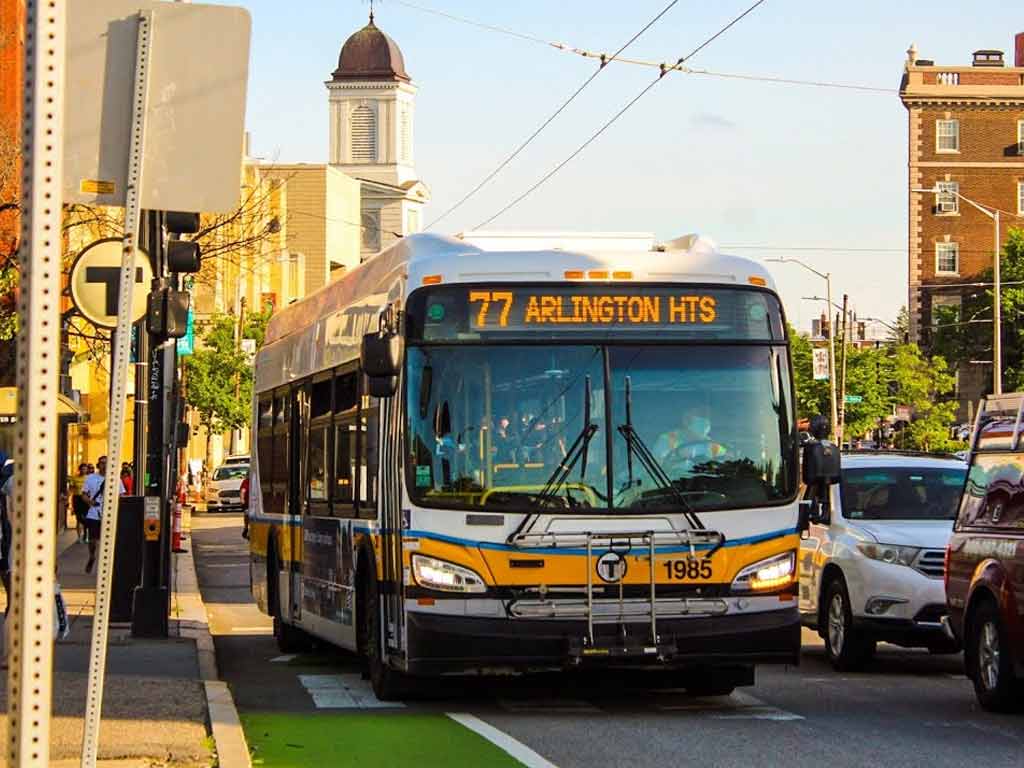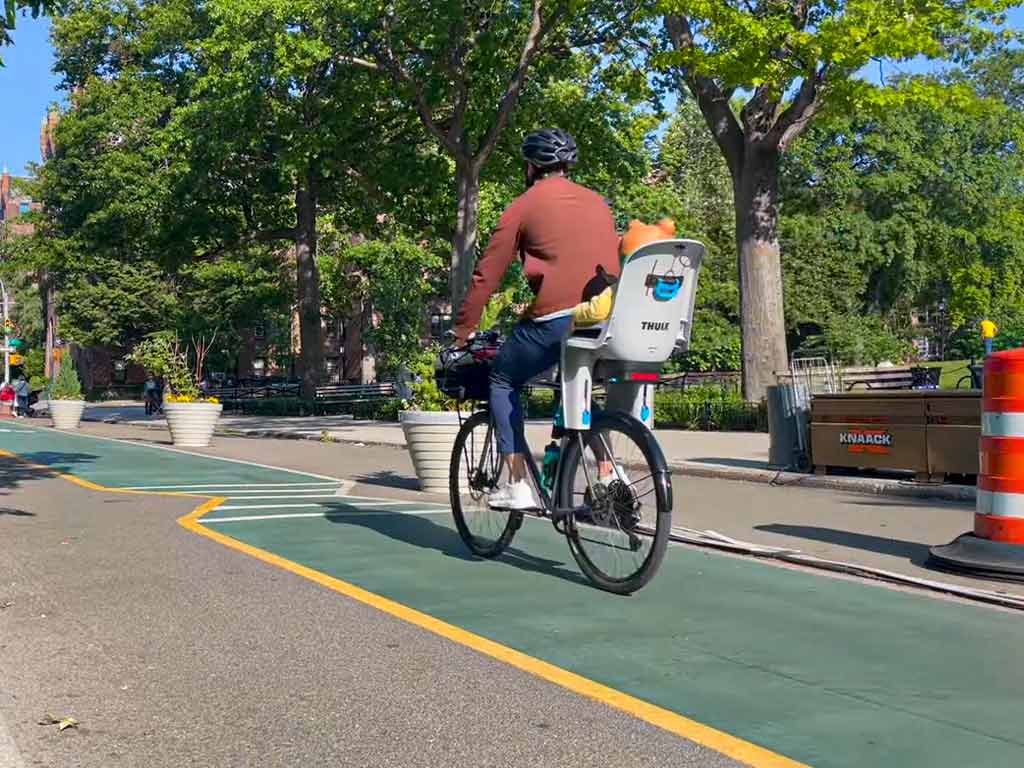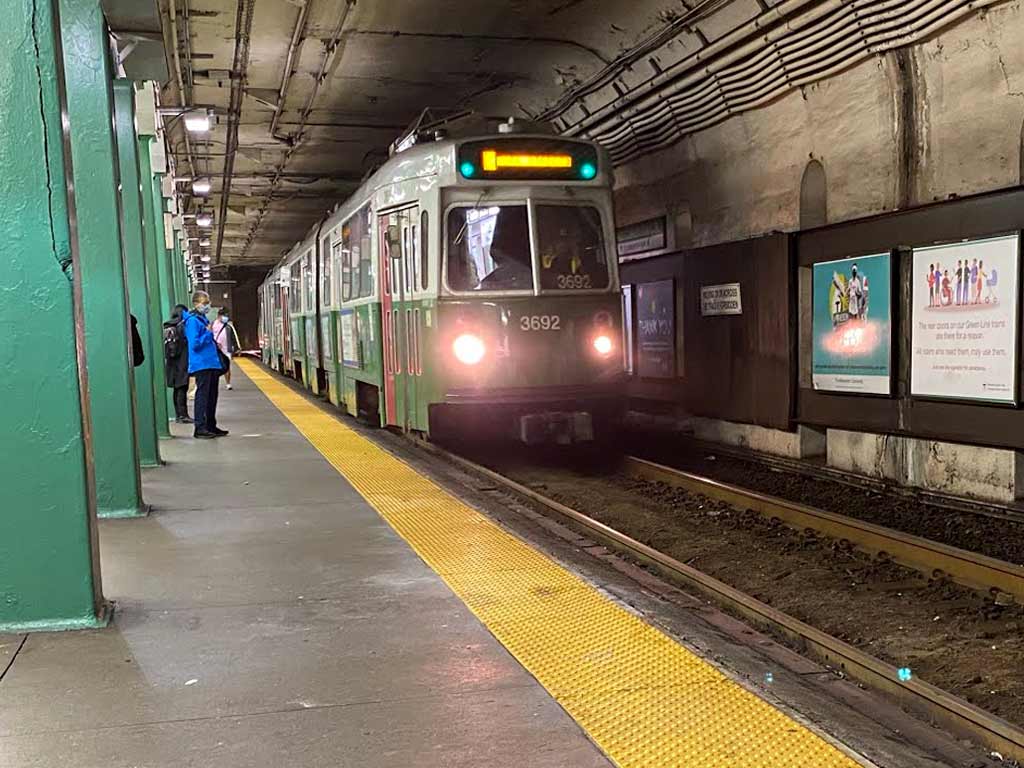When it comes to exploring the historic streets of Boston, the decision to rely on a car can significantly impact your travel experience. The city’s unique layout and rich history pose both advantages and challenges for motorists.
In this guide, we delve into the question: Do you need a car in Boston? 5 things to know for traveling. Uncover five crucial considerations that will shape your travel choices and enhance your journey through this vibrant city.
From the intricacies of parking to the efficiency of public transportation, we provide insights that empower you to make informed decisions.
Whether you’re a history enthusiast exploring cobblestone streets or a foodie hopping between neighborhoods, understanding Boston’s transportation dynamics is key.
Join us as we unravel the nuances of getting around Beantown and ensure your visit is both seamless and memorable.
Do You Need a Car in Boston? 5 Things to Know for Traveling

Exploring Boston, a city rich in history and culture, raises the question: Do you need a car? As you plan your journey through the cobblestone streets, understanding the intricacies of transportation is crucial. Here are five key things to know for a smooth and enjoyable travel experience.
1. Boston’s Compact Layout
Boston’s layout is a tapestry of narrow streets, historic districts, and charming neighborhoods. The compact nature of the city makes it conducive to walking and exploring on foot.
Many of the popular attractions, such as the Freedom Trail, Beacon Hill, and the North End, are best experienced on strolls. While a car provides flexibility, it may be more of a hindrance in navigating the city’s tight spaces and limited parking options.
2. Parking Challenges
Parking in Boston can be a formidable task. The city’s historical roots mean that many streets were not designed for modern vehicular traffic.
Limited on-street parking and expensive garages are common, making it essential to plan if you choose to drive. Additionally, some neighborhoods have resident-only parking, further limiting available spaces for visitors.
Consider alternative transportation options, like public transit or rideshares, to avoid the hassle of parking.
3. Efficient Public Transportation

Boston boasts an efficient and well-connected public transportation system, including buses, subway lines, and commuter trains.
The Massachusetts Bay Transportation Authority (MBTA) allows easy access to various parts of the city and surrounding areas. The “T,” as locals call it, is a convenient way to reach popular destinations without the stress of driving.
Whether you’re heading to Fenway Park or the Museum of Fine Arts, the MBTA offers a cost-effective and practical alternative to driving.
4. Walkability and Biking Options

One of Boston’s charms is its walkable neighborhoods and bike-friendly streets. If you prefer an active approach to exploration, walking and biking are excellent options.
The city is equipped with pedestrian-friendly sidewalks and bike lanes, encouraging visitors to embrace a more leisurely pace.
Many attractions are clustered together, allowing you to enjoy the scenery while minimizing the need for motorized transportation.
5. Neighborhood Dynamics
Each Boston neighborhood has its character and ambiance, influencing the transportation choices that align with the local vibe.
For instance, the bustling downtown may benefit from public transit due to limited parking, while residential areas might offer more options for street parking.
Understanding the dynamics of each neighborhood you plan to visit will help you tailor your transportation strategy accordingly.
How Do You Travel in Boston If You Don’t Have a Car?
Navigating Boston without a car is not only feasible but often preferable given the city’s compact layout, parking challenges, and efficient public transportation system.
Here’s a comprehensive guide on how to explore the rich tapestry of Boston without the need for a car.
Public Transportation – The MBTA

The Massachusetts Bay Transportation Authority (MBTA) is the backbone of public transportation in Boston. Comprising buses, subway lines (known as the “T”), and commuter trains, the MBTA offers an extensive network that covers the city and its surrounding areas.
The subway system, in particular, is a quick and reliable way to move around, with four primary lines: Red, Green, Blue, and Orange. Purchase a CharlieCard or CharlieTicket for convenient fare payment and explore Boston efficiently.
Bus Services
Boston’s bus services complement the subway system, providing additional connectivity to neighborhoods not directly served by the T. Buses cover both local routes within the city and express routes to suburban areas.
While the T is often the go-to choice for many, buses offer flexibility, especially in reaching destinations that might not have a nearby subway station. Check the MBTA schedules and routes to plan your bus journeys effectively.
Commuter Rail
If your exploration extends beyond Boston proper, the commuter rail system offers a convenient means to reach the suburbs and nearby cities.
With various lines connecting different regions, the commuter rail is a comfortable and scenic way to experience the Greater Boston area.
Popular destinations accessible by commuter rail include Salem, Concord, and Worcester. Make sure to check schedules, as trains may operate less frequently than the subway.
Walking
Boston’s compact layout and pedestrian-friendly streets make walking an excellent mode of transportation, especially in the city center. Many of the iconic attractions, historic sites, and vibrant neighborhoods are within walking distance of each other.
Lace up your comfortable shoes and embark on a walking tour to fully immerse yourself in the charm of Boston’s streets. The Freedom Trail, a 2.5-mile route connecting 16 historical sites, is a must for history enthusiasts exploring on foot.
Biking
Embrace the bike-friendly culture of Boston by utilizing the city’s bike-share program, Bluebikes. With numerous stations across the city, renting a bike is convenient and allows you to explore at your own pace.
Boston’s bike lanes and paths cater to cyclists, offering a scenic and active way to traverse the city. From the Esplanade along the Charles River to the Emerald Necklace parks, biking unveils a different perspective of Boston’s landscapes.
Rideshare Services
For convenience and flexibility, rideshare services like Uber and Lyft are readily available in Boston.
While these services may not be the most budget-friendly option for daily commuting, they offer a practical solution for reaching destinations not easily accessible by public transit.
Rideshares are particularly useful for late-night travels or when you desire a more direct route to your destination.
Water Transportation
Given Boston’s coastal location, water transportation provides a unique and scenic way to move around. The MBTA operates water ferries connecting Boston to nearby islands like Charlestown and Hull.
Additionally, water taxis offer private transportation, allowing you to enjoy Boston Harbor and its iconic skyline from a different perspective.
Explore Neighborhoods Individually
Each Boston neighborhood has its character and attractions. Consider exploring one neighborhood at a time to fully appreciate its uniqueness.
For example, the North End’s narrow streets and Italian charm are best explored on foot, while the Back Bay’s grandeur and green spaces make it conducive to strolls.
Car-Sharing Services
Consider utilizing car-sharing services like Zipcar, which operates in various locations across Boston. With Zipcar, you can conveniently rent a car by the hour or day, providing flexibility for specific activities or day trips outside the city.
This option combines the convenience of having access to a vehicle without the commitment and hassle of ownership. Check for Zipcar locations near your accommodation or popular destinations for easy accessibility.
Explore by Water Taxi
To add a touch of maritime adventure to your Boston experience, explore the city by water taxi. These waterborne vessels provide a unique and scenic mode of transportation, connecting different points along Boston’s waterfront.
Whether you’re heading to the Seaport District or Charlestown, a water taxi ride offers a picturesque journey with stunning views of the city skyline.
While slightly pricier than other options, the experience is well worth it for those seeking a memorable aquatic adventure. Boston offers a plethora of transportation options that make exploring the city without a car not only practical but also enjoyable.
From the efficiency of the MBTA to the charm of walking and biking, each mode of transportation contributes to a unique experience of Boston’s diverse neighborhoods and historic sites.
Embrace the city’s rich culture, and let its various transportation avenues guide you through a seamless and memorable journey.
FAQs
Do I need a car to explore Boston’s attractions?
No, a car is not essential for exploring Boston. The city offers a well-connected public transportation system, including buses and subways, making it easy to navigate popular attractions without the need for a personal vehicle.
Is parking a challenge in Boston?
Yes, parking can be challenging in Boston due to its historical layout and limited on-street parking. Visitors should be prepared for tight spaces, expensive garages, and the possibility of resident-only parking in certain neighborhoods.
How efficient is Boston’s public transportation system?
Boston’s public transportation system, operated by the MBTA, is known for its efficiency. The subway (T), buses, and commuter rail provide convenient options to explore the city and its surroundings. The MBTA is a cost-effective and practical choice for getting around Boston.
Can I explore Boston on foot or by bike?
Absolutely. Boston’s compact layout and pedestrian-friendly streets make it ideal for walking. Additionally, the city promotes biking with bike lanes and a bike-share program called Bluebikes.
Walking and biking are excellent ways to experience the charm of Boston’s neighborhoods.
Are rideshare services readily available in Boston?
Yes, rideshare services like Uber and Lyft are widely available in Boston. They offer a convenient option, especially for destinations not easily accessible by public transit or for late-night travels.
While not the most budget-friendly for daily commuting, rideshares provide more flexibility.
Conclusion
As you navigate the streets of Boston, the choice of whether to embrace a car or opt for alternative modes of transportation is pivotal. The city’s charm lies in its blend of old-world charisma and modern convenience.
By grasping the nuances highlighted in this guide, you empower yourself to make the best decision for your travel style. From the iconic Freedom Trail to the waterfront beauty of the Seaport District, Boston offers a myriad of experiences waiting to be discovered.
Whether you choose the driver’s seat or decide to rely on the city’s efficient transit system, these insights ensure that your exploration of Boston is not only a journey through history but a seamless and enjoyable adventure.
Embrace the rhythm of this dynamic city, where each street holds a story, and every mode of transportation adds to the tapestry of your Bostonian experience. Safe travels!
Naim Benmayor